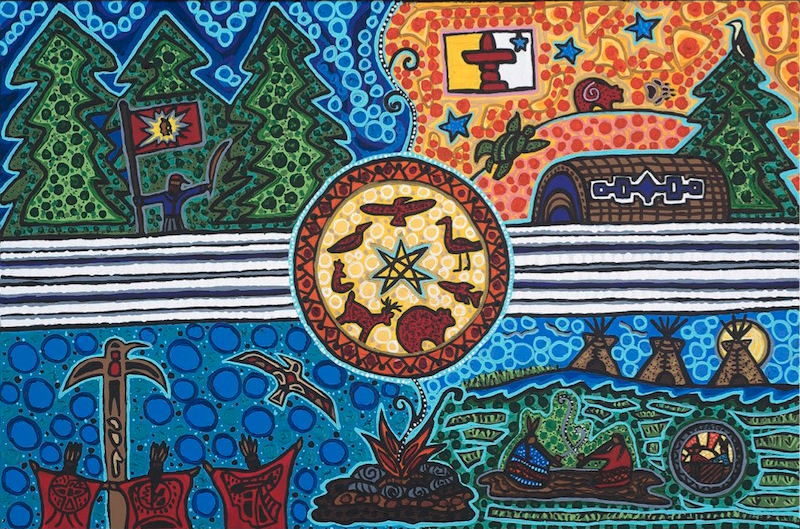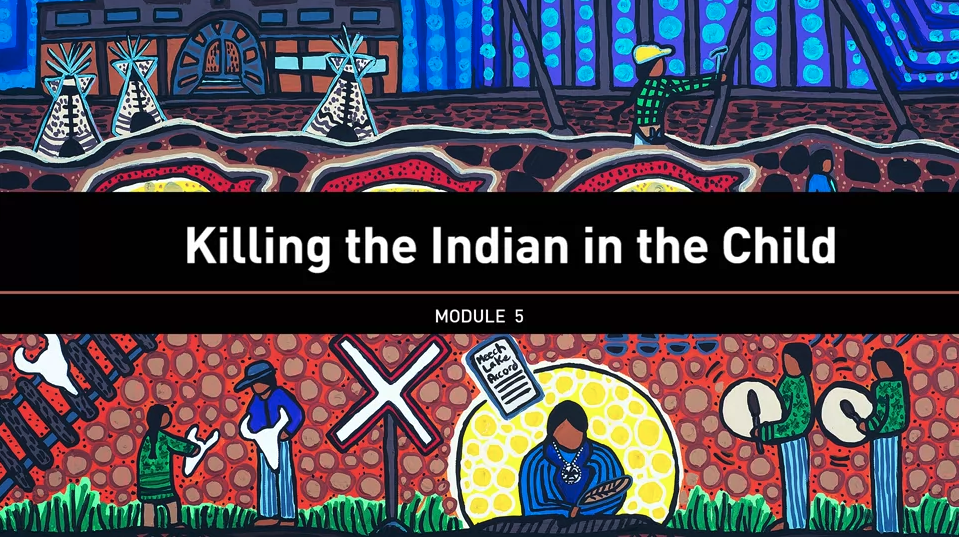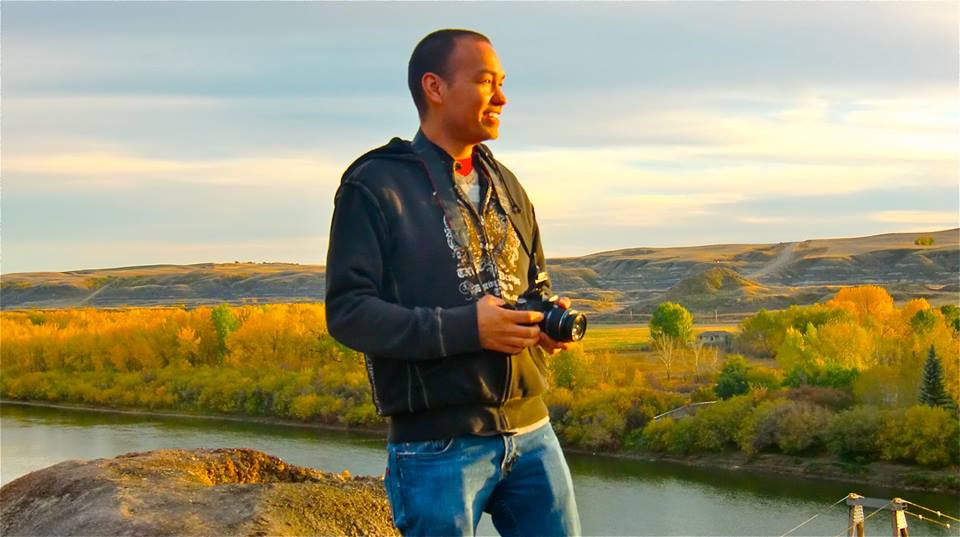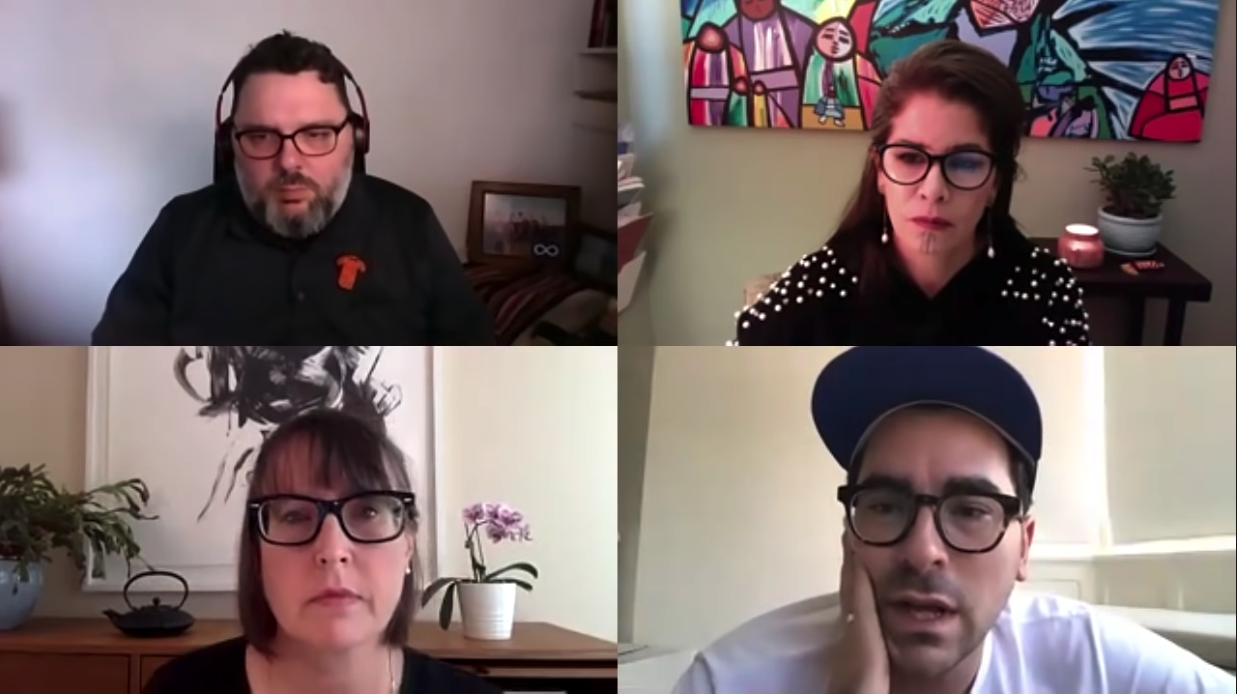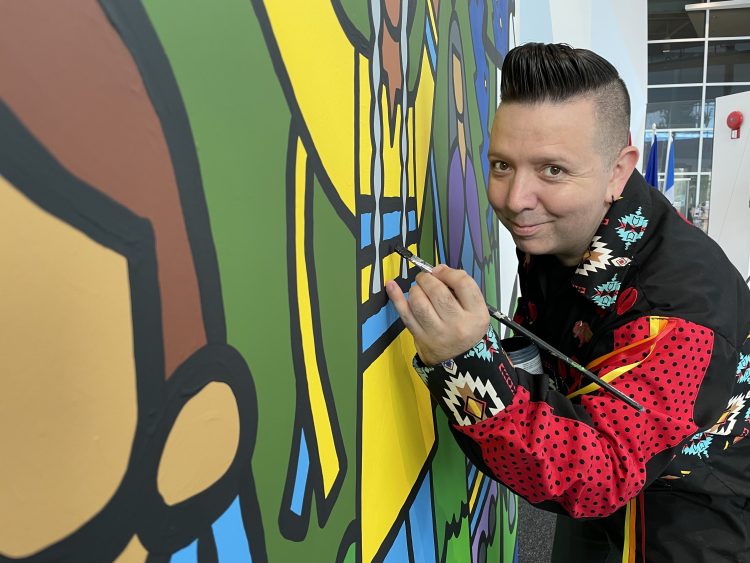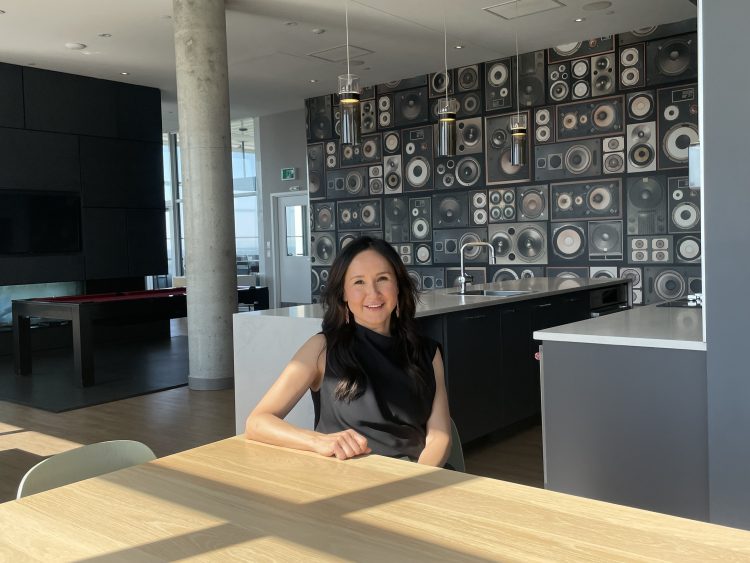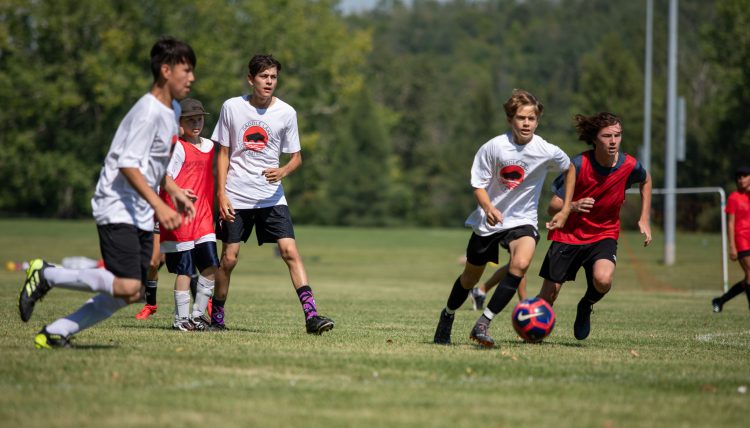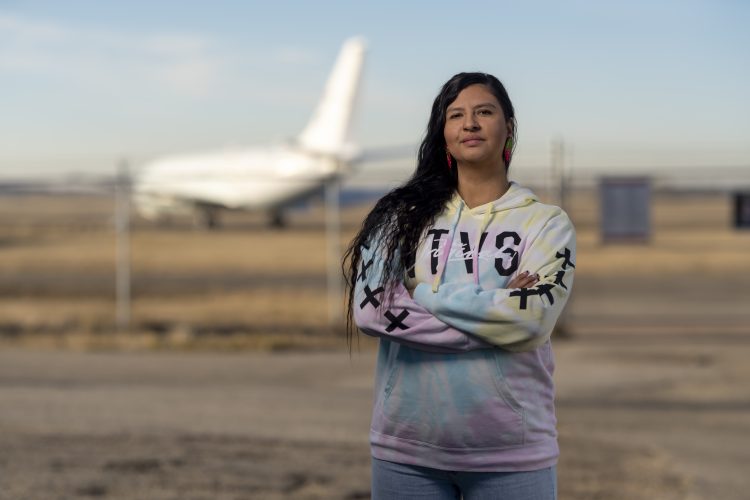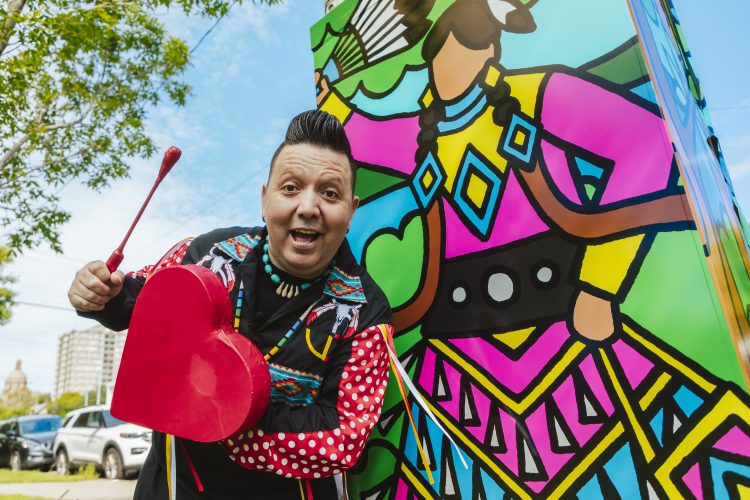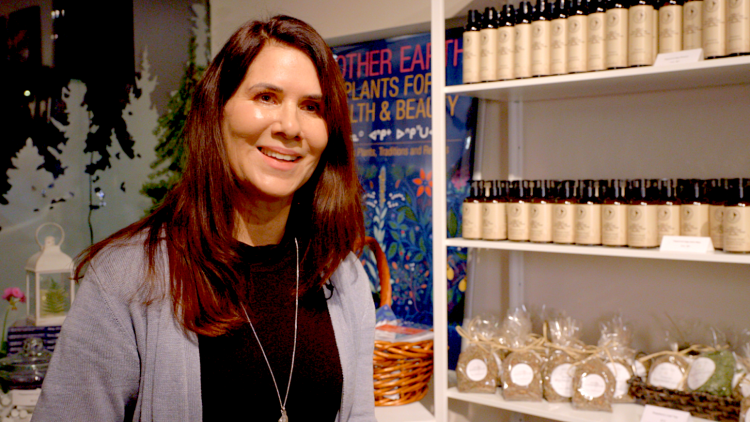As a child, Dr. Paul L. Gareau didn’t learn much about Indigenous history in school—even though he grew up near Batoche, Saskatchewan, an important site in Métis history and for the Métis nation.
In 1885, Louis Riel led the Northwest Resistance, fighting for the rights of Métis and other Indigenous peoples in what we now call western Canada to govern themselves. After only a few days of armed conflict, Canadian forces defeated the Métis at the Battle of Batoche—which led to Riel’s trial and execution for treason.
“I am Métis,” said Gareau. “Growing up in the ‘90s, we barely had any mention of Batoche in our curriculum and we were those people. We lived there, my ancestors fought in that war.”
He believes many Canadians—whether settlers, First Nations, Métis or Inuit—didn’t receive adequate, if any, education about Indigenous peoples. According to a 2020 national survey by Research Co., 45 percent of respondents said they didn’t learn about residential schools when they were students.

